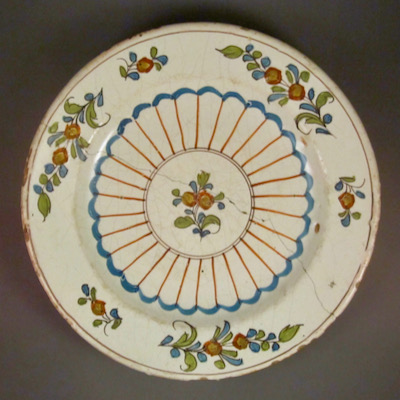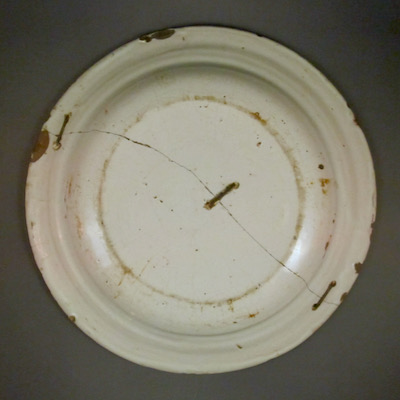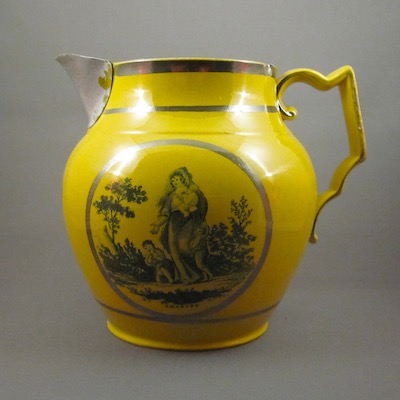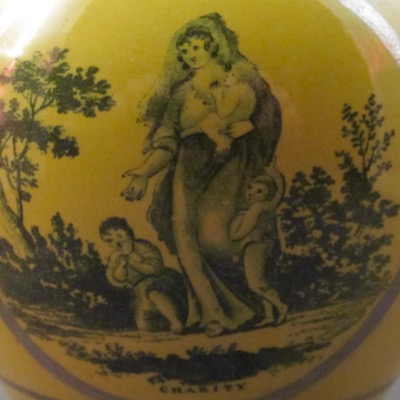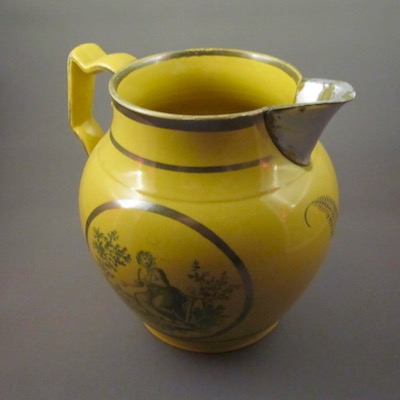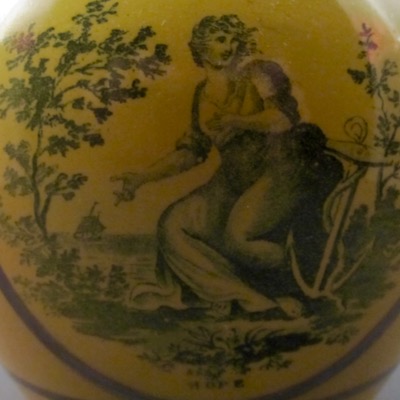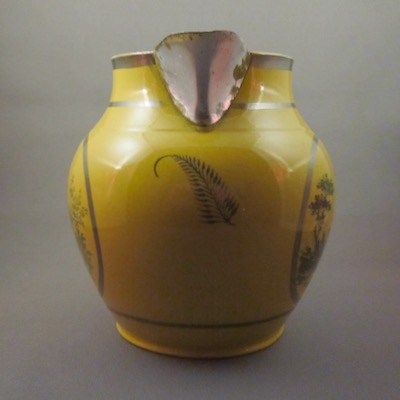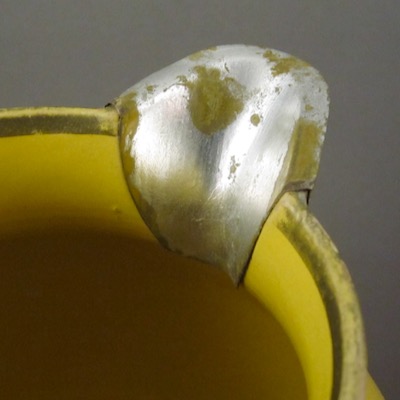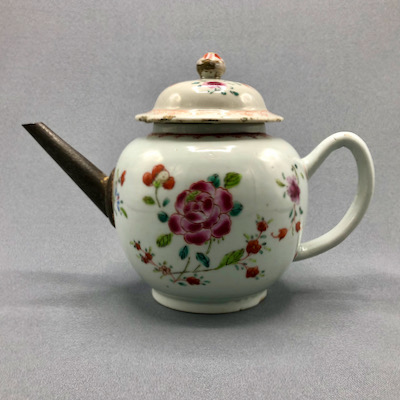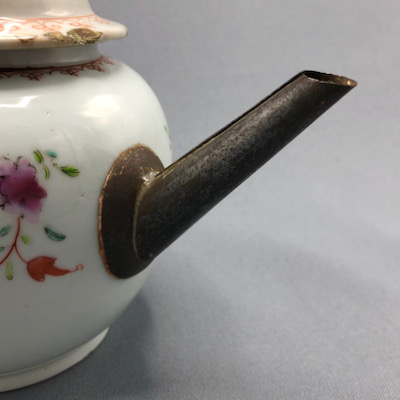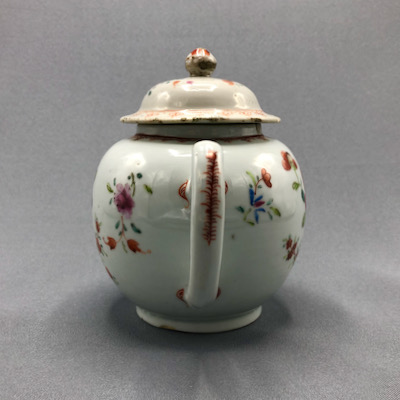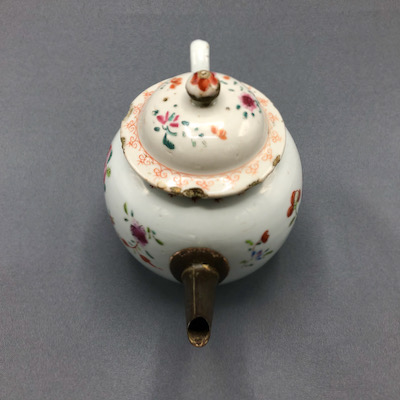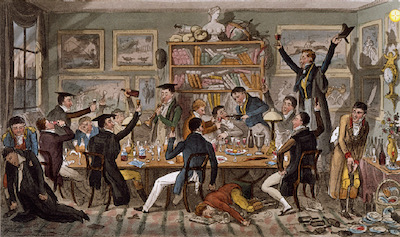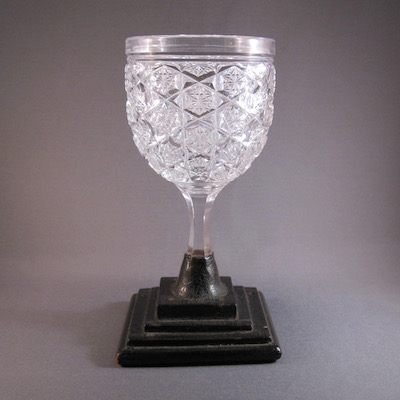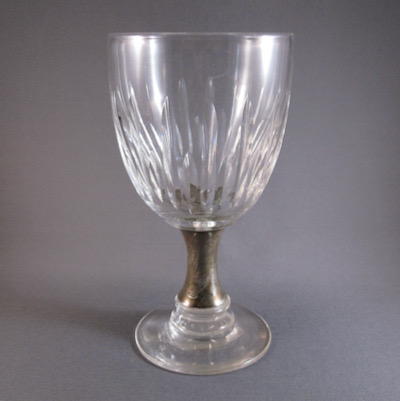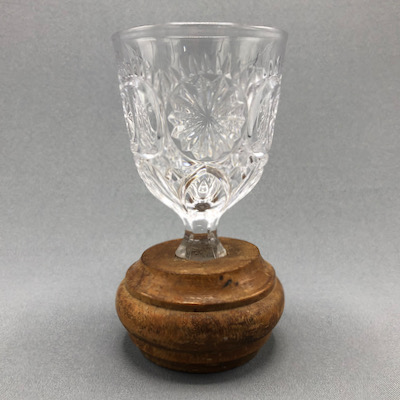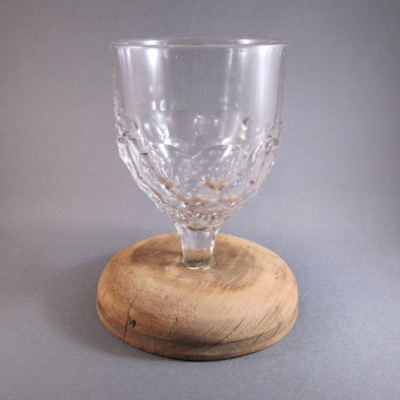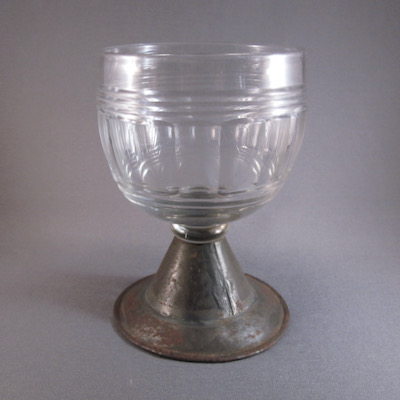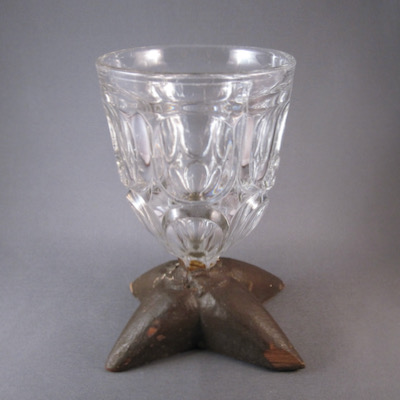This shallow French faience pottery bowl was given to me a few years ago by my friend Marianne, who found it in Belgium. It measures 9.25 inches in diameter and was made in North France in the late 1700s to early 1800s. It is made of red clay with tin glaze and floral decoration in blue, green and orange enamels.
Soon after the plate broke in half it was repaired most likely by an itinerant repairer, using 3 large metal staples, each 3/4 inches long. Although metal staple (aka rivet) repairs were done throughout the world, this type of long heavy staple was predominantly used in France, Italy and in other nearby European countries.
